Ars Scientia Essay Prize 2025: The Art-Science Connection
$1,000 Prize for the Winning Entry
Ars Scientia, UBC’s interdisciplinary initiative at the intersection of art and science, welcomes undergraduate students across campus to participate in our 2025 Essay Prize. This is an opportunity to explore the profound and often catalyzing connections between these two fields.
If we take the long view, art and science have been considered pursuits comfortably woven together for most of human history. Somehow over the past two centuries we lost sight of that holistic worldview and these disciplines became seemingly incompatible. You are invited to write an essay considering how art and science are inextricably linked in fundamental and generative ways, addressing specific examples you have encountered – in a lab, an experiment; in an exhibition, an artwork; perhaps a thought experiment.
Details and Submission
Eligibility: UBC undergraduate students
Prize: $1,000 for the winning entry
Publication: The best essay will be published on the Ars Scientia website, featured in the Quantum Matter Institute’s newsletter, and shared through other relevant online platforms.
Length: 1,000-word limit
Deadline: Wednesday, 30 April 2025
How to Submit: email your essay as a PDF attachment to: arsscientia@ubc.ca
As part of Ars Scientia’s mission to foster dialogue between artistic and scientific inquiry, this competition is an invitation for you to explore, challenge, and celebrate creative intersections of art and science. We look forward to your insights!
Photo (above): Kelly Lycan, Index card from Andrew Ng’s research documentation (note created on 8 September 1982 at UBC, from an extensive collection of research polaroids and index cards rescued by Kirk Madison; gifted to the artist during Ars Scientia Residency, 2021)
Related
-
Research Project
2021 - Ongoing
Ars Scientia: Merging Artistic Practice with Scientific Research
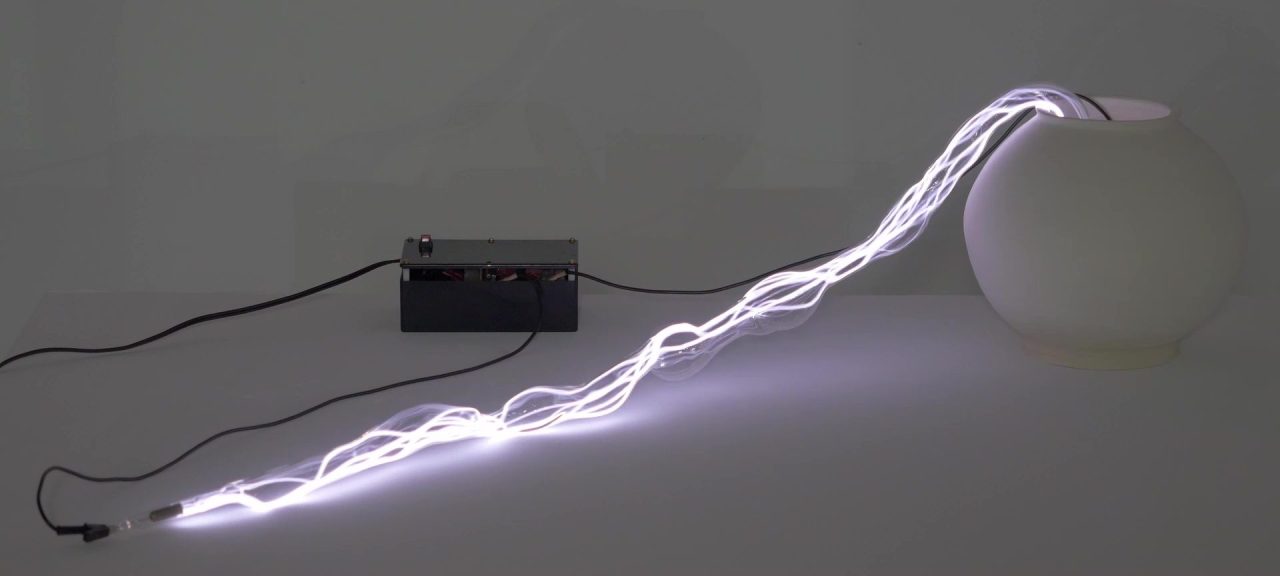
The long search for dark matter has put the spotlight on the limitations of human knowledge and technological capability. Confronted with the shortcomings of our established modes of detecting, diagnosing and testing, the search beckons the creation of new ways of learning and knowing. Fusing the praxes of arts and science in the emergent fields of interdisciplinary research, Ars Scientia, a tripartite partnership between UBC's Stewart Blusson Quantum Matter Institute (Blusson QMI), the Department of Physics and Astronomy and the Belkin, presents an opportunity to foster new modes of knowledge exchange across the arts, sciences and their pedagogies. Funded by UBC’s Research Excellence Cluster program, Ars Scientia will conduct rich programming and research to address this line of inquiry over the next two years beginning in 2021.
[more] -
Event
MONDAY 15 MAY 2023 AT 2 PM
Symposium: encou(n)ters
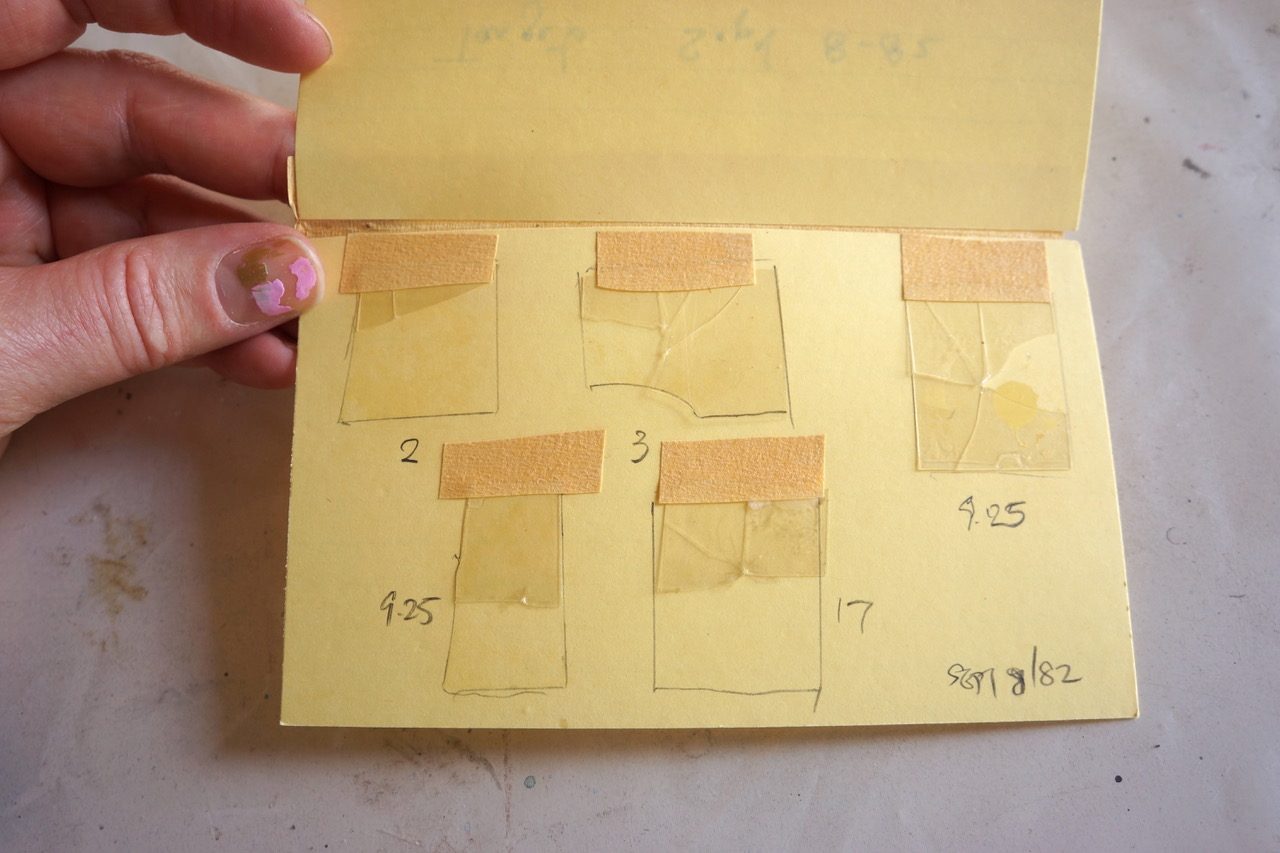
The Ars Scientia research cluster launched a collaborative residency program in 2021, bringing together artists and physicists to interrogate the intersections of art and science. Please joins us for our second annual research symposium, encou(n)ters, to learn more about residency experiences and engage in interdisciplinary discussions with our participating artist and physicist investigators.
[more] -
Event
Thursday 25 Nov 2021 at 2 pm
Symposium: Signals and Apparatuses
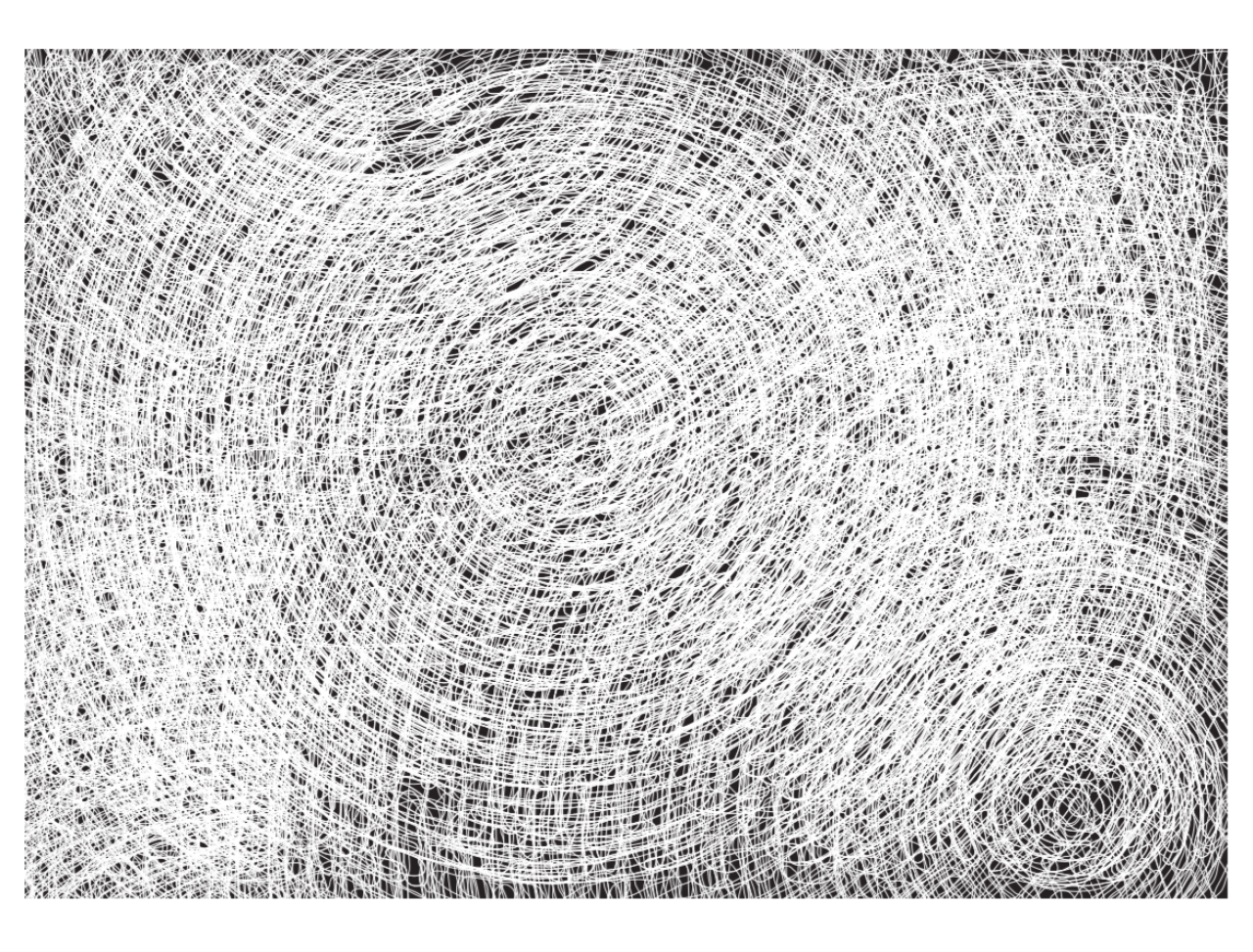
Beginning in May 2021, the Ars Scientia research cluster connected artists with physicists in a collaborative residency program to discuss and explore the intersections between the disciplines of art and science. On Thursday, 25 November 2021, the groups convened at a research symposium, Signals and Apparatuses, to share their experiences in the residency and engage in an interdisciplinary discussion with the academic community at UBC. Denise Ferreira da Silva offered opening remarks, which were followed by a discussion with Drift exhibition artist Nadia Lichtig and graduate student Rhea Gaur, alongside presentations from Ars Scientia collaborators.
[more] -
Exhibition
10 Sep – 05 Dec 2021
Drift: Art and Dark Matter
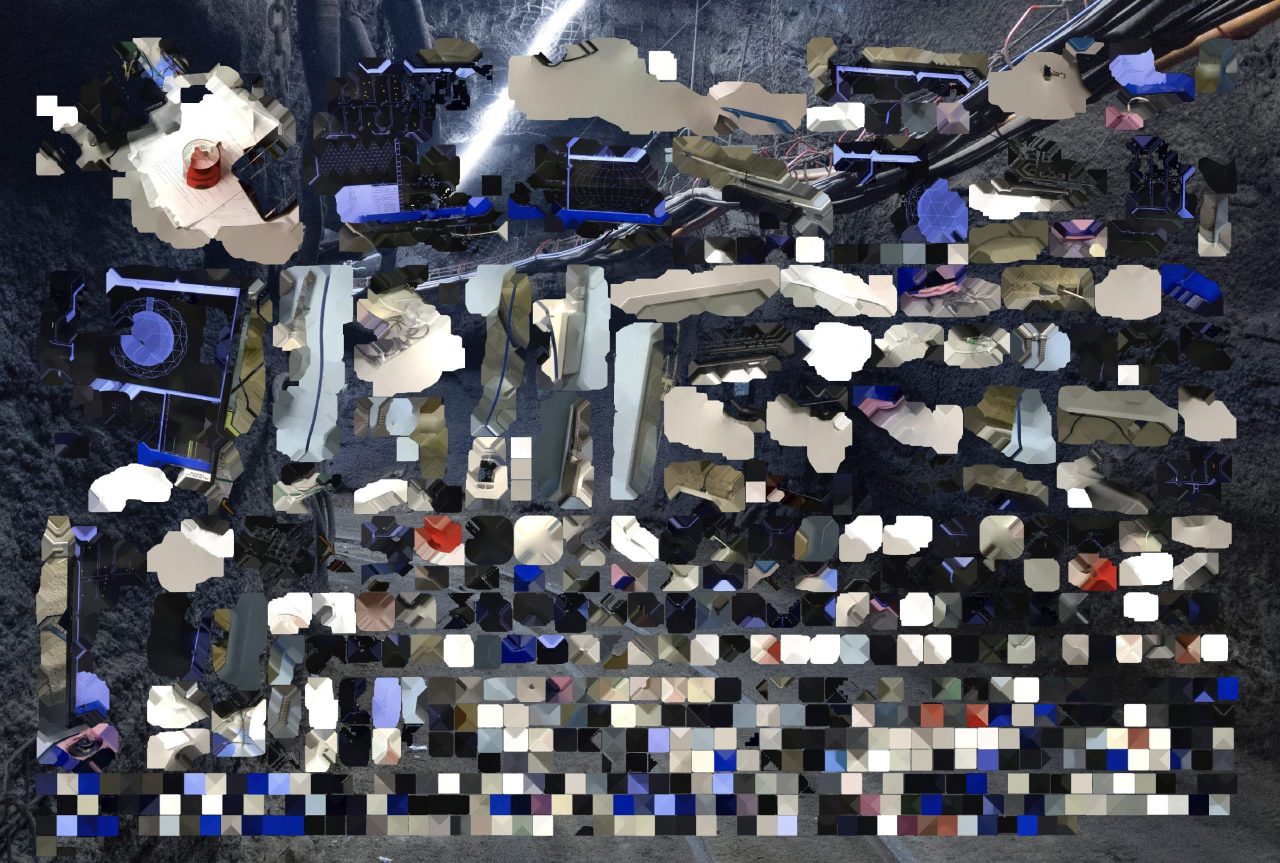
Drift: Art and Dark Matter is a residency and exhibition project generated by Agnes Etherington Art Centre, the Arthur B. McDonald Canadian Astroparticle Physics Research Institute and SNOLAB. Four artists of national and international stature were invited to make new work while engaging with physicists, chemists and engineers contributing to the search for dark matter at SNOLAB’s facility in Sudbury, two kilometres below the surface of the Earth.
[more] -
Event
Wednesday 1 Dec 2021 at 2 pm
Concert at the Belkin: Drift
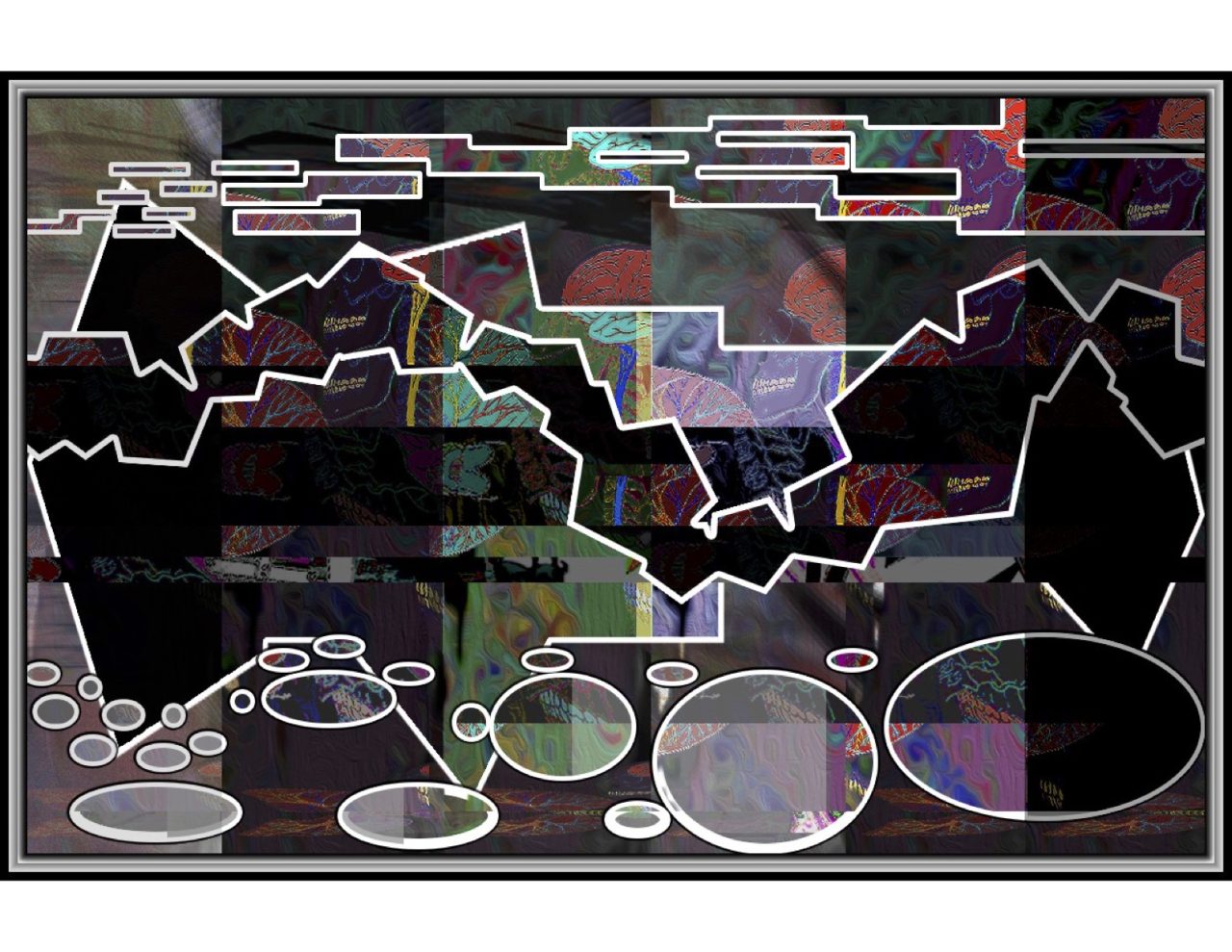
We were delighted to once again welcome the UBC Contemporary Players to the Belkin for a concert inspired by the exhibition Drift: Art and Dark Matter. Led by director Paolo Bortolussi, this graduate and undergraduate student ensemble from the UBC School of Music drifted through the gallery, creating a unique response to themes of the exhibition. For the first time this year’s concert featured graphic scores created by composition students and interpreted by the players in the ensemble.
[more] -
News
08 Jun 2022
Ars Scientia: Student Reflections
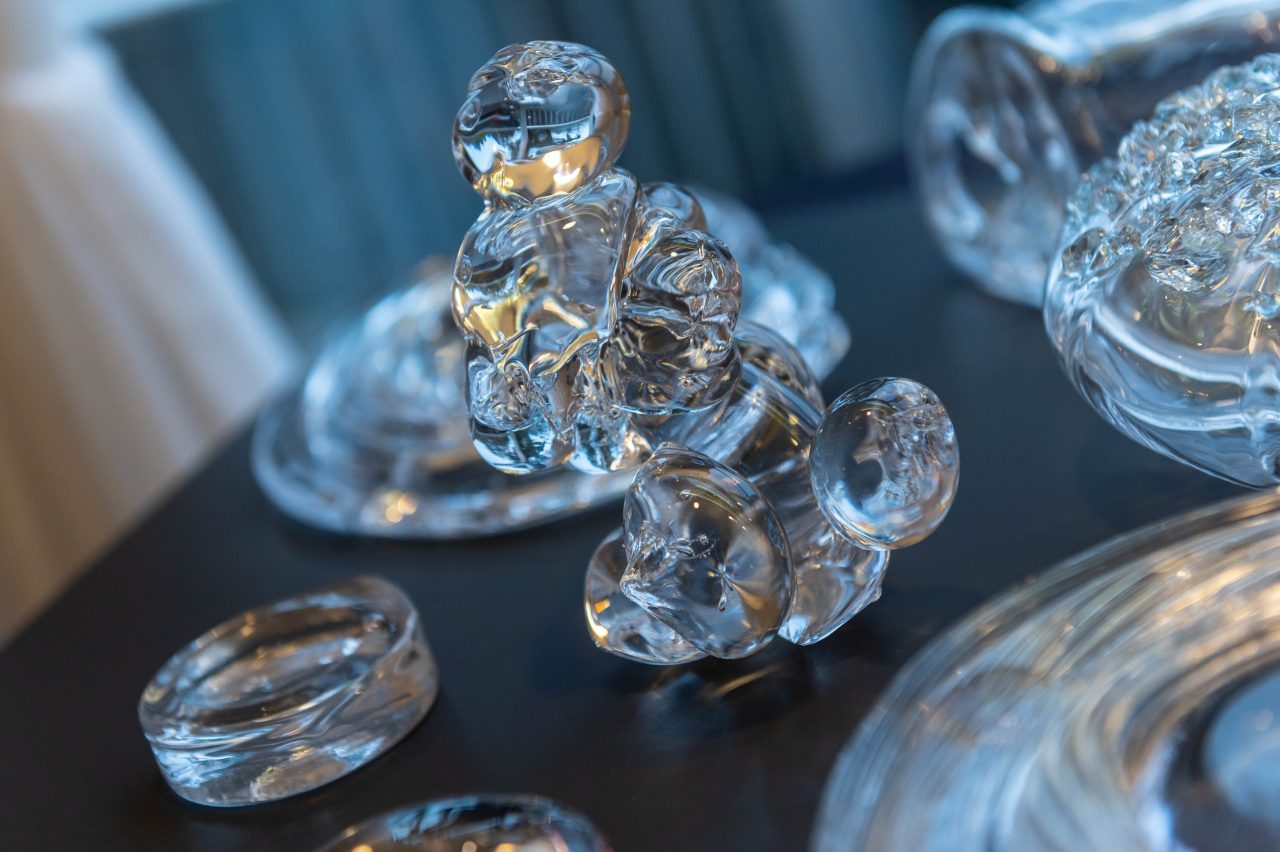 [more]
[more]